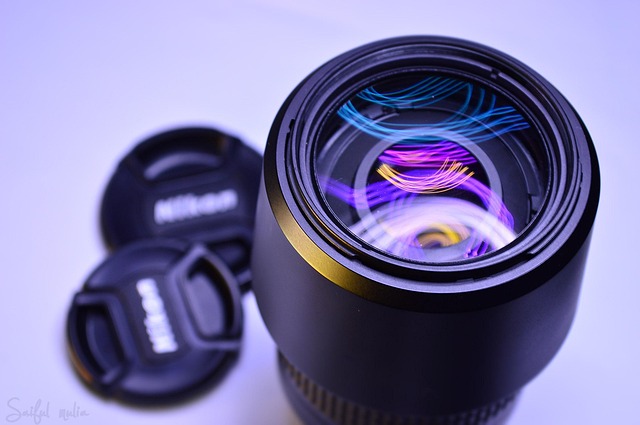In the world of photography, capturing the perfect shot isn’t just about having the right eye; it’s also about the precision of your camera’s lens. One of the most crucial components affecting image quality and clarity is autofocus. Autofocus systems have revolutionized the way we approach photography, allowing us to focus on our subjects effortlessly. However, the key to maximizing the potential of autofocus lies in understanding your lens and its capabilities.
When you delve into the realm of photography, the joy of capturing vibrant landscapes or heartfelt portraits is often accompanied by the constant challenge of keeping your subjects in sharp focus. Have you ever been in a moment where everything felt just right, only to find your camera struggled to focus on your subject? This is where the magic of autofocus comes into play. By harnessing the power of your lens’s autofocus system, you can elevate your photography to new heights and capture those fleeting moments with crystal clarity.
Modern cameras boast sophisticated autofocus technology, making it easier than ever to lock onto your subject. These systems often utilize phase detection, contrast detection, and more recently, dual-pixel autofocus. Each technology offers unique advantages, and when paired with the right lens, the results can be stunning. The speed and accuracy of autofocus can vary significantly between lens types, so it’s essential to choose lenses that suit your photographic style.
For example, prime lenses with wide apertures, such as f/1.4 or f/1.8, can drastically improve your autofocus performance in low-light situations. This is particularly beneficial for portraiture, where you want to achieve stunning bokeh effects while ensuring your subject’s eyes are sharp. On the other hand, zoom lenses offer versatility that is indispensable for various photography genres, allowing you to quickly adjust your focal length without missing a moment.
Utilizing autofocus settings effectively can also transform your experience behind the camera. Most modern cameras feature various autofocus modes tailored for different scenarios—be it single-shot AF, continuous AF for moving subjects, or hybrid modes that adapt on the fly. Understanding these modes is essential for harnessing the full potential of your lens. For instance, sports photographers frequently rely on continuous autofocus to track fast-paced action, while landscape photographers may prefer single-shot autofocus for capturing intricate details in static scenes.
Furthermore, the interplay between your lens and camera body is vital for achieving the best autofocus performance. Investing in a quality lens that complements your camera’s autofocus system can make all the difference. It’s not just about resolution but how seamlessly the two components work together to deliver those clear, spot-on shots. If you’re using an older lens with modern cameras, consider upgrading, as newer optics often come with enhanced autofocus technology and quicker responsiveness.
Additionally, keep in mind the importance of maintaining your gear. Regular cleaning of your lens and camera body can prevent dust and smudges from affecting your images. Also, calibrating your lens to your camera body ensures that autofocus is precise, which is especially critical in professional settings. By doing so, you’ll enhance your photography experience and make the most of your autofocus capabilities.
Incorporating these tips into your photography practice can empower you to utilize autofocus effectively, leading to more reliable and impressive results. Whether you’re just starting out or you’re a seasoned professional, maximizing autofocus in your lenses is an invaluable skill that will serve you well in your photographic journey. As you spend more time understanding and experimenting with your lenses, you will find that the world of photography is full of endless possibilities, waiting to be captured through your unique perspective.




